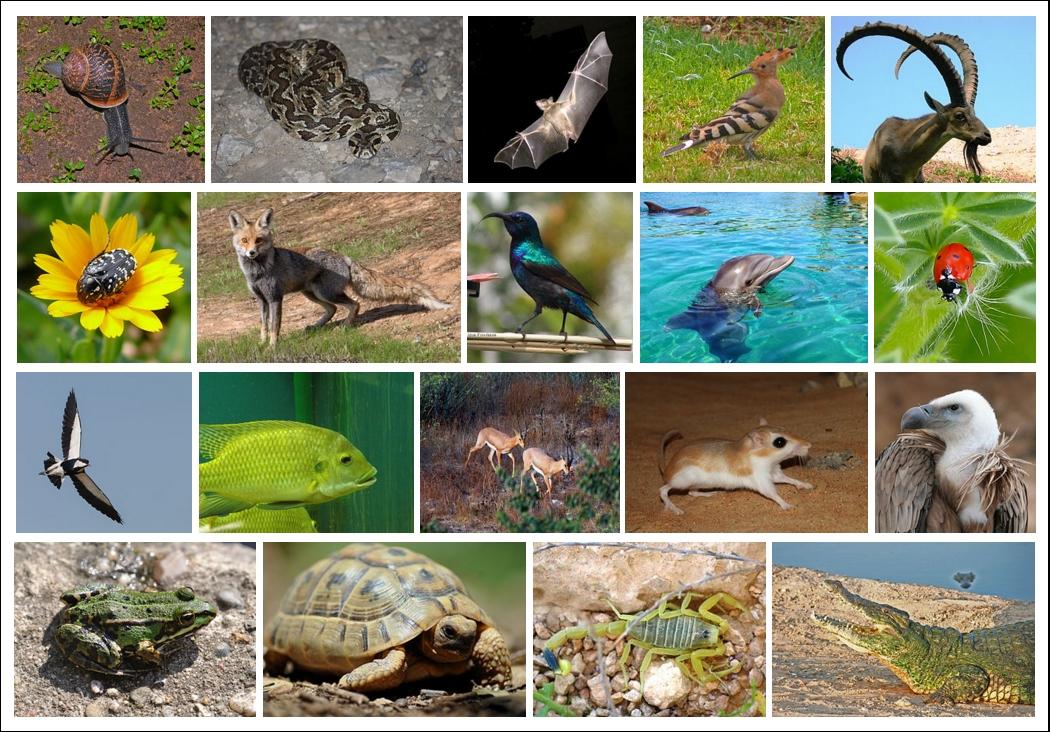
Plan a Native Plant Pollinator Garden
Within eight 60 minutes class periods
Design a native, pollinator friendly garden with the help of a local gardener/master gardener.
Students work together to create a classroom garden, monitor plant growth, and watching for pollinators. Students will invite other students, teachers, and community members to visit the garden.
Objectives:
Define which plants would support local pollinators
Plan, plant, and care for the plants in the garden
Document the growth rate of the plants in the garden
Explain the importance of local plants vs invasive plants for pollinators
Agenda:
Read In a Garden picture book aloud to the class and show National Geographic Plant a Pollinator Garden
Local gardener/master gardener speaks to students about the importance of local plants for pollination
Students research native plants that are great for main pollinators (bees, butterflies, moths, bats, birds, etc)
Create list of possible plants and design future garden on paper.
Students work together to create classroom garden, monitor plant growth, and watch for pollinators.
Students will invite other students, teachers, and community members to visit the garden.
Lesson Grade Level
3rd GradeLesson Plan Link/URL
https://docs.google.com/presentation/d/1B3Q4DulTHf4T_i70hGOS45lfTeiv_ZZP7SmLYfQ…Subject Area
Science Life Science L1: Cells L2: Organisms & Energy Technology 6. Creative Communicator Engineering S2: Apply the Engineering Design Process S3: Apply Mathematics to Engineering Mathematics Measurement and Data (MD) English Language Arts (ELA) Reading (Informational Text) Speaking & ListeningRelated Content

Students research desert organisms and create a dynamic food web system model using Loopy.

What is biomimicry? What's wrong with Pringles cans? Students explore these questions in the lesson. They will read an article about Pringles cans before using biomimicry to design a new can.

This lesson is part four of four lessons, which culminates in the flight of drones built by the students. Lesson 4: FLY focuses on the controller pairing and functions, troubleshooting possible